Runners often focus on mileage, pace, and endurance—but what if the secret to increasing your daily step count and overall running performance lies in your strength training tools? Kettlebells and dumbbells are two of the most popular options in any gym or home setup. But which one truly supports runners aiming to move more, run stronger, and stay injury-free?
In this guide, we’ll compare kettlebells and dumbbells from a runner’s perspective, focusing on how each can help increase daily movement, enhance stride efficiency, and support long-term joint health. You’ll also get coach-style pointers, form cues, and easy modifications to integrate strength work seamlessly into your running routine.
Increasing your step count isn’t just about walking more—it’s about building a body that wants to move. Strength training improves muscular endurance, joint stability, and neuromuscular coordination, all of which make walking, running, and daily movement feel easier. As a runner, this means you’re more likely to stay active throughout the day, hitting higher step counts without fatigue.
Both kettlebells and dumbbells build strength, but they do so in different ways. Understanding these differences helps you choose the right tool for your goals.
Kettlebells are uniquely designed with an off-center weight distribution, making them ideal for explosive, full-body movements like swings, cleans, and snatches. These dynamic exercises engage the posterior chain—glutes, hamstrings, and lower back—which are critical for powerful running strides.
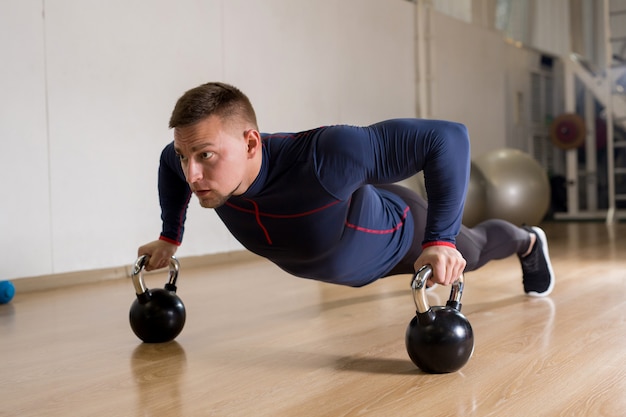
Focus on hip hinge mechanics during kettlebell swings to maximize glute activation.
Dumbbells offer balanced, symmetrical loading, making them excellent for isolated strength work—think bicep curls, shoulder presses, and lunges. For runners, this precision helps correct muscle imbalances, which can improve gait efficiency and reduce overuse injuries.
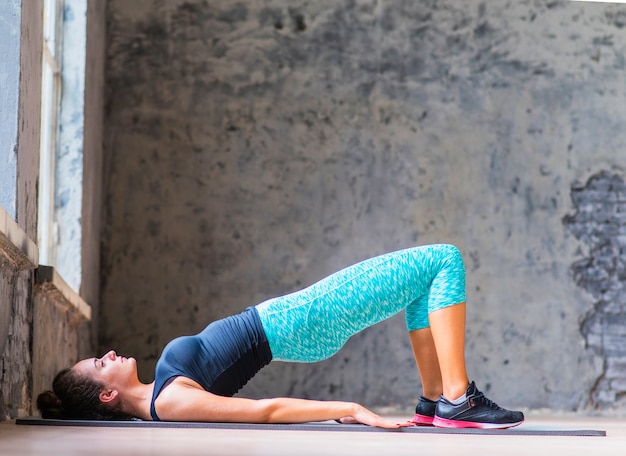
Dumbbell lunges build single-leg strength crucial for running economy.
When it comes to increasing daily step count, dumbbells have a slight edge for most runners. Why? Because they’re easier to integrate into low-impact, movement-based routines. Carrying dumbbells during walks, doing step-ups on stairs, or performing standing rows while balancing all encourage more daily movement without excessive fatigue.
However, kettlebells win for building explosive power and cardiovascular stamina. A 10-minute kettlebell swing session can elevate heart rate, improve posterior chain strength, and leave you feeling energized—making you more likely to stay active the rest of the day.
Instead of choosing one, use both tools strategically:
This hybrid approach builds a resilient, efficient body that’s ready to move more every day.
Whether you choose kettlebells, dumbbells, or both, the key is consistency and proper form. Strength training isn’t about bulking up—it’s about creating a body that moves well, recovers quickly, and naturally wants to take more steps.
For runners, every rep is an investment in stride quality, injury resilience, and daily activity. So pick your tools, master your form, and keep moving—one strong step at a time.

Fitness

Fitness

Fitness

Fitness

Fitness
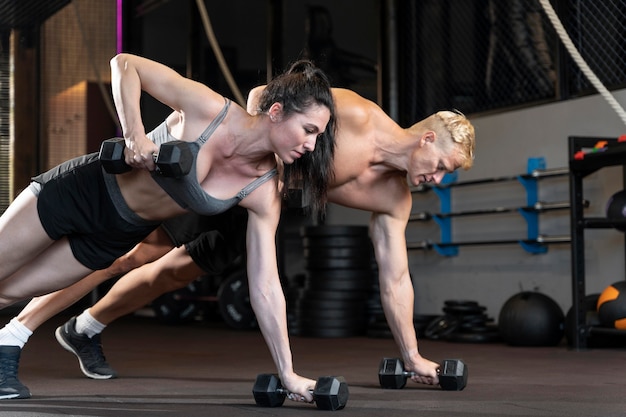
Fitness
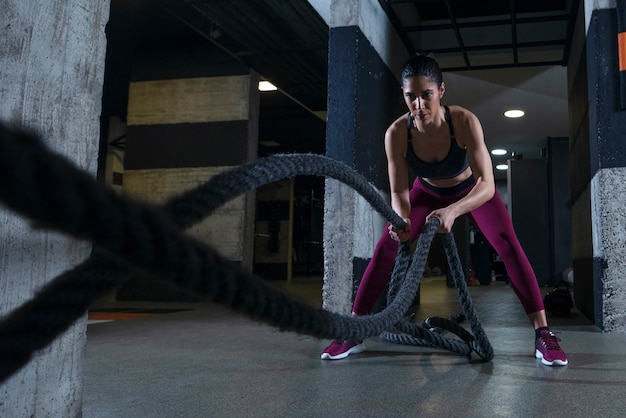
Fitness

Fitness
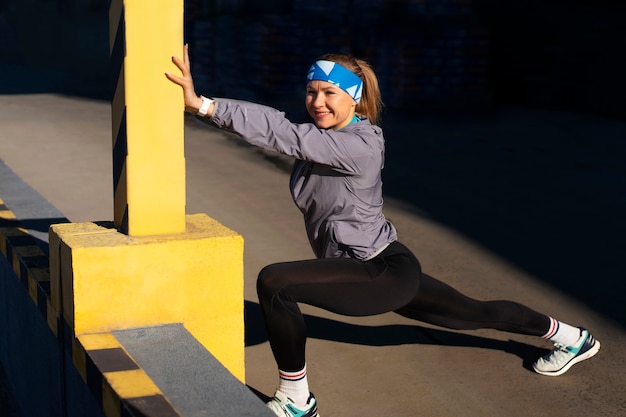
Fitness

Fitness
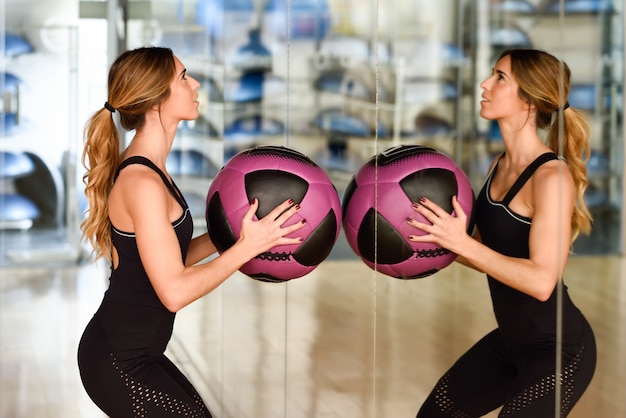
Fitness
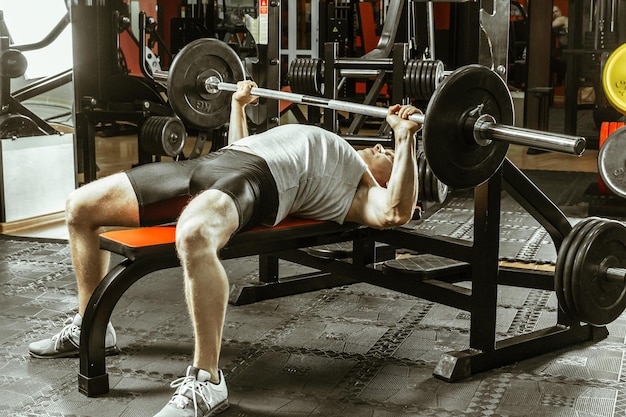
Fitness

Health

Fitness

Health

Health